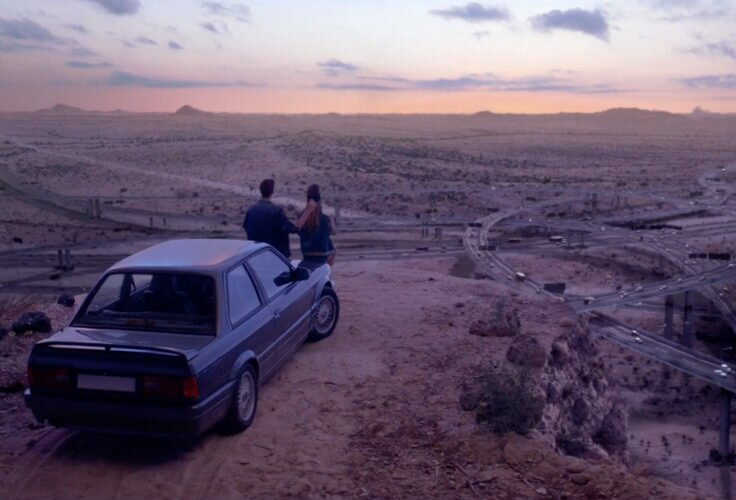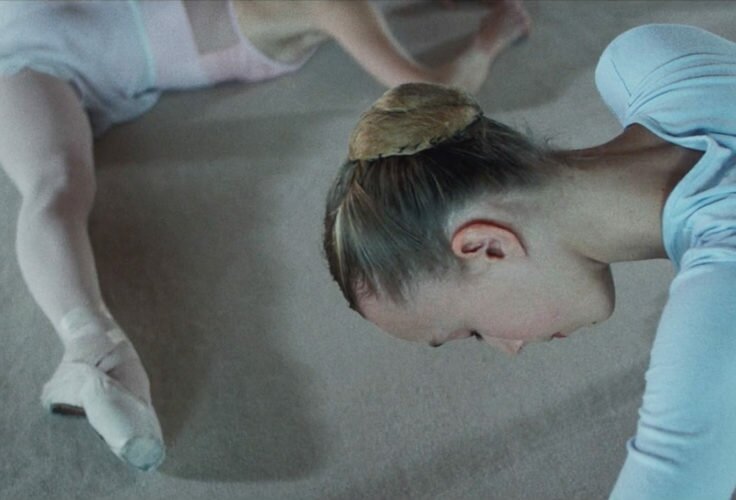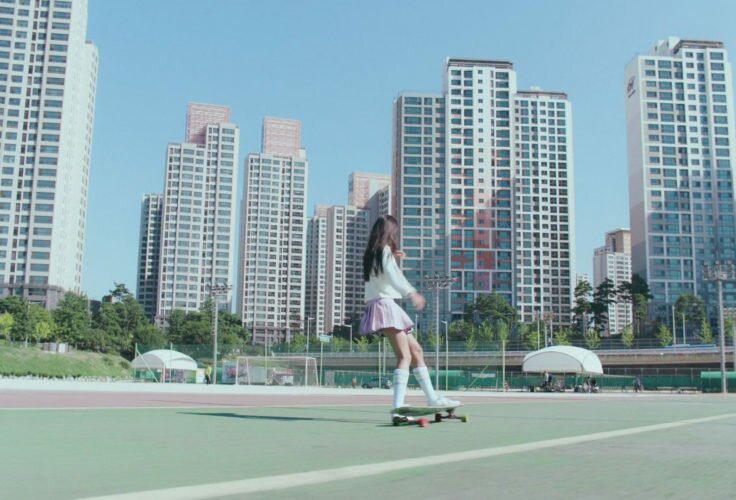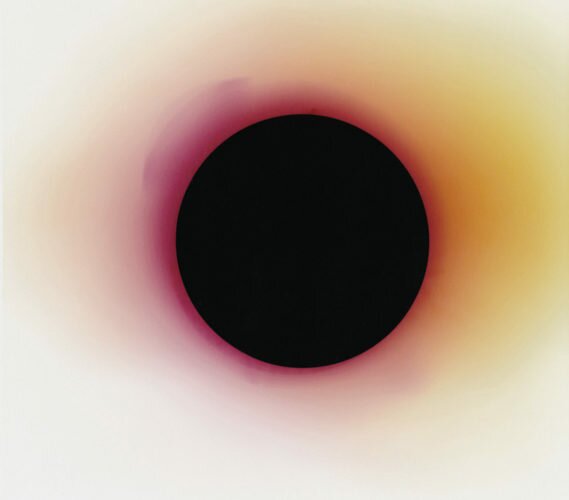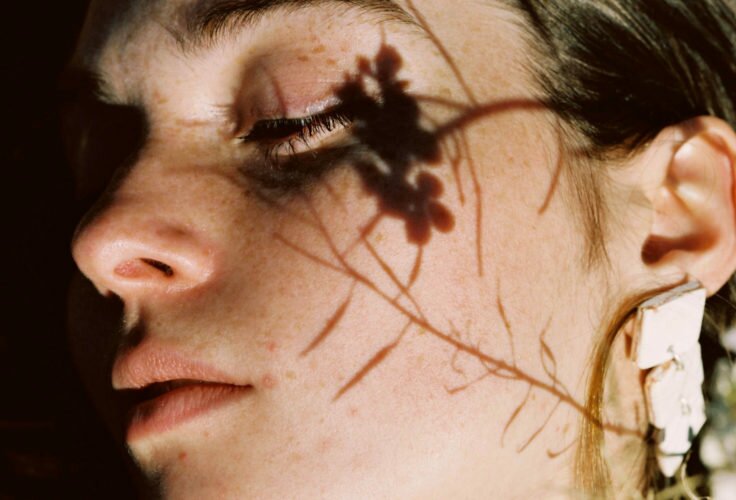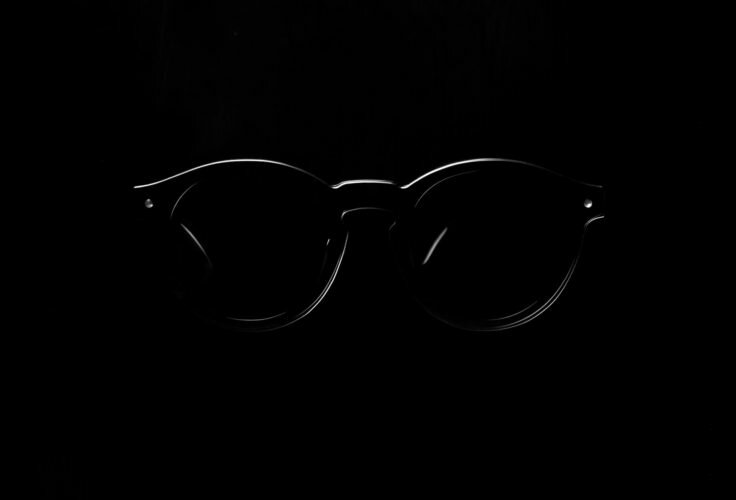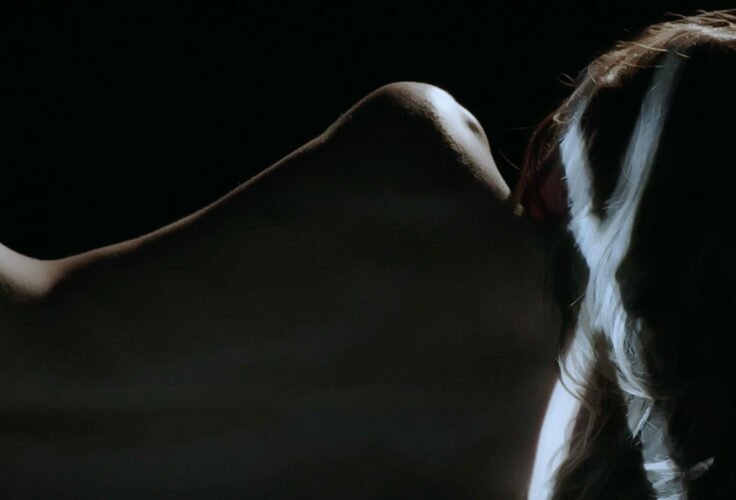Don’t let them fool you. When someone makes too much fuss to sell you something, surely you shouldn’t buy it. Alexandre Serrano informs us of this through a GIF.
Rosina Vinyes’
hidden Barcelona:
Tracing the contours
of the underworld
By Alexandre Serrano

The “hidden Barcelona” map by Rosina Vinyes i Ballbè, 2015.
Not literature, or plastic arts, or documentaries: The most beautiful work about Barcelona -and, by extension, about the urban experience- to appear lately has been brought to us by cartography. I’m talking about Barcelona Oculta: la rellevància del subsòl en una gran ciutat contemporània, [The Hidden Barcelona: The Relevance of the Subsoil in a Big Modern City] Rosina Vinyes’ PhD thesis, in which she presents the first great subterranean map of the Catalan capital, with a detailed rendering of its maze of tunnels, sewers, basements, shelters, depots, service networks, stations, grottos, cisterns and substrata that time has buried. A work developed in the strictest sense of the term: a paper on which what used to be a negative has been turned into a positive copy, an X-ray that trespasses with its gaze the limits of what’s visible.
My over-excited reaction towards this publication might have something to do with my biographic circumstances: when I was a kid, my father worked in the underground, and I’ve heard stories of what’s below the city since I can remember. And for that reason I know that even if the underworld has been hidden from our view, it’s never been absent from our imagination. In fact, speculations on what the lower layers hold have fed all sorts of stories since pre-historical times. The oldest deities are chthonic, the subterranean world has always been linked -one way or another- with the afterlife, wells and springs have survived as pilgrimage sites after the expansion of Christianity -a sect, by the way, which also emerged from the catacombs-, and 19th century occult practices flourished especially in cities pierced by uncountable galleries, such as Turin, Edinburgh, Paris or London.

One of the many countermines of Turin’s subsoil.
Maybe thanks to my familiarity with esoteric logic I’m not surprised by the fact that one of the triggers of Rosina’s research resembles a hermetic formula: anything up here is mirrored below. “From the moment you wake up and stop the alarm clock, turn the light on, open the tap or use gas to have a shower, you’re getting into contact with the subsoil. The fact that we’re so unaware about the connection between many of the things we do and the underworld seems to me a very suggestive idea.” Her thesis is thus an exploration of the connection between two spheres that, far from being separate, constantly interact, influence and predetermine each other. One of her main motivations is the notion that up to now, and partly because of a lack of a thorough vision like the one she presents, subterranean Barcelona has sprung somewhat chaotically. And that entails great risks and also lost of opportunities, because the efficient exploitation of the subsoil in modern cities, dense and saturated as they are, conditions among many other things the preservation of their physiognomy and patrimony.
No doubt, I detect a powerful radiation in the fact that the “raw, sincere, and alien to any aesthetic exigency” side of the city, as Rosina describes it, is what allows for the preservation of some urban structures and an appearance to which we feel intimately linked due to our sensibilities and memories. It’s all in the submerged continent of dirt and functionality where we lock up what we don’t find beautiful so that it doesn’t emerge and deforms the surface.
The confirmation that this image is not only an ornamental effusiveness of thought, but also one of the natural media for its realization, is very stimulating. In order to provoke certain reflections and capture certain things, perceive its complexity, and link areas of reality that remained unconnected, the first and most essential thing is giving them shape and outline: “When you draw them is when you see them.”
A fascinating effort of representation due to its vastness, of course, and to the intellectual and technical challenges it entails: Rosina has juxtaposed different pre-existing layers of information -like maps showing energy systems or water resources and transports- with a huge amount of cadastral and archival documentation referring to subterranean spaces that had never been systematized before; but it’s fascinating also for its historical research of precedents and for its ground-breaking nature. Not only no one has ever done anything like this in Barcelona before: her map, at least inasmuch as Rosina has been able to find out, has no equivalent in the whole world.

Map showing the location of shacks and caves in Barcelona in 1945 (Arxiu Municipal Administratiu de Barcelona)
This certainty strengthens the impression of negligence in the managing of underground networks that has guided traditional urban planning, a carelessness that reveals little determination to give value to what the city treasures underneath and to learn from it. For instance, Barcelona has only two air raid shelters dating from the Spanish Civil War out of the nearly 1,400 that existed. Not to mention the spoiled Museu del Clavegueram that, sixteen years after being closed down, still lacks a project and a firm compromise to be re-opened. But it’s at the same time thanks to this lack of attention that some denizens of these sombre reigns have been able to thrive. The incursions into the underworld have a subversive and threatening component for the mere fact that they prove the existence of parallel realities away from the control of the authorities. The London of the first half of the 19th century even had an informal trade, the “toshers”, whose restricted-access and family-inherited job was to track sewers looking for lucrative waste and lost treasures. A lot has been written too about New York’s “mole people,” a term designating the homeless living in abandoned cavities excavated during the construction of the city’s subway system. And in similar secrecy live the lovers of urban speleology, a community whose main exponent could be L’UX, the Parisian situationist organization devoted to promote the re-utilization of certain abandoned areas of the French capital’s underworld. The concern about it is such that these infiltrations have provoked the appearance, in many cities, of police units devoted to subterranean surveillance and to the detection of “intruders.”

Daguerreotype of a tosher, a treasure hunter in London’s sewage system during the first half of the 19th century.
We could fear that Rosina Vinyes’ task might become, thus, a landmark of the end of an otherwise free, unknown and secret space; a preface to its systematic and definitive colonisation. However, she puts its impact into perspective herself. First, because her intention is, precisely, preserving it from the disorderly occupation it suffers today. And second, because she perceives her research as a sketch that doesn’t extinguish at all the reality it seeks to explore. The map has also its hic sunt leones: it only includes what can be irrefutably verified, but there are some areas beyond her means that have been left out. Rosina quotes everything not included, or incorrectly so, in the registers: private wine cellars and basements, obviously, but also old forgotten infrastructures such as closed mines, blinded pipes and even ghostly tunnels today ignored by all, like the one that, according to some informers -urban speleologists with whom she’s worked these past years-, crosses the Vallcarca neighbourhood. But, besides, because despite her goal, as architect, is scientific and also trying to foresee the difficulties and to detect commercial, recreational, social and even residential (an already visible trend) potential, undeveloped up to now, she doesn’t despise the symbolic dimension of the world she has described and even grants it its merit. She confesses that during the time she carried out her research, she heard many rumours and apparently fantastic stories; gossip such as the one saying that the water company employed dwarfs to access and repair the narrowest pipes in which an average-sized worker wouldn’t fit, and similar stuff. Legends that she hasn’t bothered to confirm or refute, because she thinks it’s OK for some things to be surrounded by mystery. Maybe an intuitive understanding of the place she has devoted so much of her dedication to will make us reflect upon it if it preserves its ability to fascinate; if in our modern life so dominated by excessive information, noise and overexposure, it appears to us as a quiet and dark reserve; or simply because it’s impossible to enter this domain without becoming a little bit tangled up in its net of contrasts and ambivalence. As Peter Ackroyd says in one of the best books on the subject, London Under, there “dirt and filth co-exist with mystery and even beauty. It’s home of the devil and of holy water. The underworld moves our imagination both towards amazement and horror. It’s in part human territory, constructed by the work of many generations, but also primitive and non-human, and it repels clarity and thought.” And some months ago someone decided to place torches in its corridors so that we started to get a better view of what that darkness holds.

Urban speleologists descending through the steps to access Aqua Virgo, one of the eleven aqueducts dating from Ancient Roman times still preserved today.


Map of constructions above and below ground level. (Rosina Vinyes i Ballbè, 2015)

